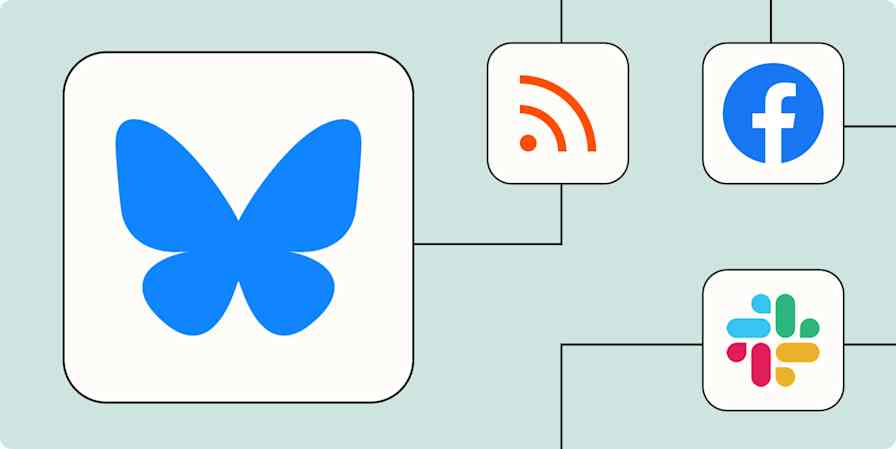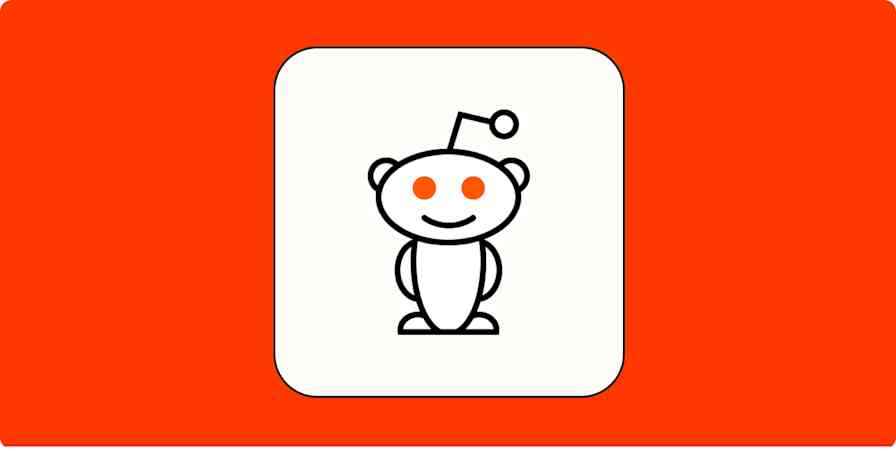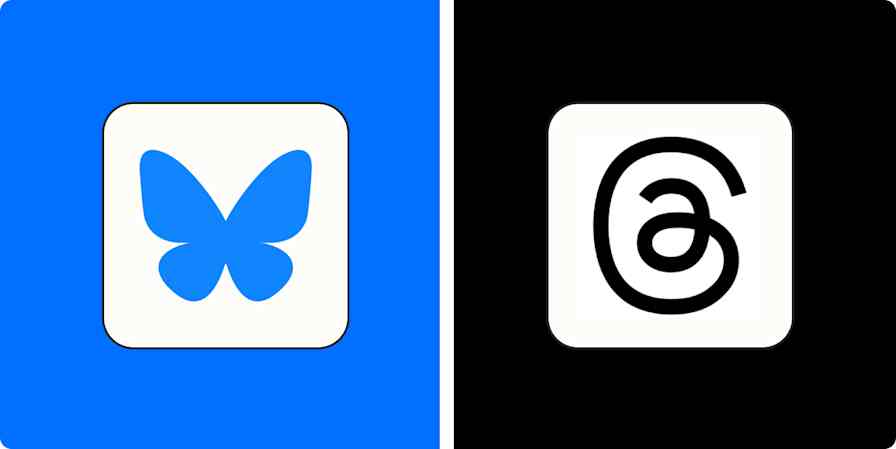Business tips
4 min readBe the face of your brand
How to show up for your customers and create a connected community
By Ashlee Dozier · April 6, 2021

Get productivity tips delivered straight to your inbox
We’ll email you 1-3 times per week—and never share your information.
Related articles
Improve your productivity automatically. Use Zapier to get your apps working together.








